Jack has been interested in computers and tech since 10 years old when he decided to dismantle his PC to see how it worked. Ever since Jack has had a passion for IT and gaming beyond any other. He loves the data and testing process and allowing himself to take an analytical and technical approach to PC hardware. He's even gone as far as getting educated in cyber security.
WePC is reader-supported. When you buy through links on our site, we may earn an affiliate commission. Learn more
Last Updated:
Today, we’re going to tackle overclocking. Whether you’re a veteran to PC gaming or someone just jumping in, overclocking can raise quite a few questions. The biggest of these questions being “Is overclocking worth it?” To answer that we’re going to need to run through other important overclocking questions first.
Overclocking is a somewhat complex topic, but by the end of this article you should have a thorough understanding of it and whether or not it might be right for you.
What is overclocking?
Overclocking refers to boosting a component to perform better than its factory defaults. In the case of CPUs– and several other components– this boosted aspect is the “clock speed”. Clock speed refers to…well, the speed of the component; however, clock speed alone isn’t all you’ll need to adjust for an ideal overclock.
The general idea of overclocking is that by boosting the clock speeds of your components, you’ll be able to squeeze more performance out of them. Let’s discuss the components of your system that can be overclocked.
What components can be overclocked?
Now that you know what overclocking is, we can start talking about the various components that can be overclocked and a couple of surface level considerations for each of them.
Processor (CPU)
First and foremost is the CPU… provided your manufacturer lets you.
AMD has a pretty good track record here: the vast majority of their mainstream CPUs since the Opteron series have been overclockable, including the recent Ryzen series and FX chips.
Intel, on the other hand, heavily restricts overclocking to either “K-series” or “X-series” processors. For instance, my PC is using an i5 4690, which doesn’t support overclocking, though it’s otherwise identical to the more-expensive i5 4690K, which does.
For other components, the benefits of overclocking can sometimes seem marginal or barely perceptible. But with CPUs, especially if you’re using a high-end cooling solution, you’ll see much larger performance improvements, sometimes even by a full gigahertz or more. However, CPUs are also the most complex component to overclock, which makes achieving these numbers difficult for newcomers.
Graphics Card (GPU)
GPUs are also overclockable. At the time of this writing, none of the major desktop GPUs are locked from overclocking. But what does overclocking your GPU really do? Well, first and foremost, there are some “problems”:
- The performance gains usually aren’t that big
- The results are going to be wildly inconsistent
In overclocking circles, enthusiasts refer to something called “the silicon lottery”. Essentially, this means that some components just turn out better during the manufacturing process (this can also arise with CPUs, but is most often referenced concerning GPUs). As such, they can handle the pressures of overclocking better; better quality means more overclocking headroom.
Sadly, it’s impossible to know which components are winners of the silicon lottery. You and your friend can buy the same GPU at the same time from the same manufacturer, but they may be able to push a higher stable overclock on their card than you can.
That being said, GPUs are easily the most popular component to overclock, despite the aforementioned downsides. One reason for this might be the existence of software like MSI Afterburner making it easier to overclock, as well as ample amounts of documentation and helping hands on overclocking forums around the Internet.
RAM
RAM is a fun one. In terms of complexity, it’s right up there with CPU overclocking, and yet in terms of performance gain… well, it varies.
Newer RAM standards, like DDR4, will definitely show more meaningful changes in your applications than DDR3 or (god forbid) DDR2, which usually failed to make any kind of meaningful performance impact.
However, even in the case of DDR4 RAM, higher speeds usually aren’t all that noticeable in most applications, though there are a few scenarios where overclocking RAM is actually really important.
The most prominent of these scenarios that come to mind is with AMD APUs. Since APUs are a combined CPU + GPU on one chip, they have to share memory resources. Typically, a GPU has its own RAM that is much faster than desktop DDR3 or DDR4 RAM, but with an APU it has to work with slower desktop RAM. In this particular scenario, overclocking your RAM is actually highly recommended and will give you meaningful performance increases.
Monitor
Last, but certainly not least, is monitors! Yes, your display can be overclocked. Sometimes.
In this case, overclocking can refer to either running at a higher refresh rate than what is marketed or a higher refresh rate. Most commonly you’ll see this with high refresh-rate monitors…with an asterisk.
To make it simple, I’ll use my own 75Hz BenQ monitor as an example. The monitor I use was marketed as only being able to run at 75Hz at a far-lower resolution of 800×600. However, product reviews indicated that it could be run at native 1080p with a 75Hz overclock enabled, and I’ve been doing so without issue since I purchased this monitor over 4 years ago.
With the use of an Nvidia or AMD Control Panel, overclocking your monitor is incredibly easy. You can try whatever resolution or refresh rate you like, and if it doesn’t work… it’ll simply reset back to the last working resolution and refresh rate.
In general, though, you’re really only going to be able to push refresh rate in scenarios like mine. You aren’t going to be able to, say, push a 1080p monitor to 4K or a 60Hz monitor to 144Hz.
What are the pros of overclocking?
Better Performance
Performance increases are the biggest pro, especially for CPU overclocking and, in select scenarios, RAM overclocking. GPU and display overclocking will typically only be marginal increases, but can still be worthwhile, especially if you need just a little bit more performance to hit 60FPS in your favorite games.
(Potentially) Saving Money
This applies more in the old days than it does now (we’ll explain why below), but it stands to reason that if you can get more performance out of a cheaper product, especially a CPU, then you’re saving the money you’d be spending on a more expensive one.
This is true, especially for the AMD Ryzen CPUs. The Ryzen 2600 and 2600X, for instance, are essentially identical! The only difference is that the 2600X comes with a slightly higher factory clock, and overclocking the Ryzen 2600 can close the gap in performance.
What are the cons of overclocking?
Higher Temperatures
This is an unavoidable downside of overclocking. More performance means more power consumption, which means more heat. To compensate for this, you’ll need to invest in a better cooling setup, whether that’s improving your case’s overall cooling or using a better cooler for the individual component that’s being overclocked.
(Potentially) reduced lifespan
This is a real risk of unstable overclocking, but not stable overclocks. If you’ve achieved a stable overclock that isn’t constantly running at temperatures as high as 194°F (90° C), you’re unlikely to be decreasing the lifespan of your components in any meaningful way.
That being said, if you aren’t cautious when overclocking, especially with components like the CPU or your RAM, you can risk pushing them too far and burning them out. For this reason, it’s important to test overclocks in incremental steps upward, then downward once you start experiencing crashes or instability.
Instability
Instability is another major concern when overclocking. Even when your overclock is stable, it may still pop up on rare occasions. For instance, I achieved a seemingly-stable overclock of my GTX 760 about seven months ago. Over this period, I experienced two scenarios where Overwatch crashed on me due to my overclock, but these were quite rare.
Even when you’ve achieved a stable overclock, there are still going to be rare scenarios where it may be the cause of a program or system crash, and that’s something you should be prepared for if you go down this route.
Spending More on Other Components
This applies mainly to CPU overclocking and RAM overclocking. Simply put: nowadays, you need to buy an overclocking-compatible motherboard if you want to overclock these components.
Entry-level motherboards from AMD and Intel no longer allow users to overclock their CPUs– even though AMD used to. Expect to spend anywhere from $30-$50 more on an overclocking-compatible motherboard, and anywhere from $50-$100 on an overclocking-compatible CPU (in Intel’s case).
In the olden days, when overclocking had less oversight, it was a pretty solid way to save money and get more performance out of your system. While there are still scenarios where this can be the case, the sad truth is that a system capable of overclocking will generally be much more expensive than one that isn’t, without the value to make the higher investment worth it.
In addition to the extra hardware needed to facilitate overclocking to begin with, you’ll also need to invest in sufficient cooling (especially for your CPU, which might not even include a cooler) so you can push these higher clocks.
Once you start entering the high-end, overclocking is definitely worth the extra money you’ll be spending. In the mid-range and especially the low-end, however, it usually won’t be.
Conclusion: Is Overclocking Worth It?
GPU and display overclocking are usually worth it. They don’t come at an extra price premium, and as long as you’re willing to put in the time and effort to achieve these overclocks, yes, absolutely.
RAM overclocking usually isn’t worth it. However, in select scenarios, like with an AMD APU, it certainly is. Even in those cases, though, due to the complexity of the overclocking process, you may just want to buy better RAM to begin with.
CPU overclocking is the most expensive to achieve thanks to mandatory investments in an overclocking-compatible motherboard. With Intel CPUs, you have the additional price of the letter “K” or “X”, which can also be quite high. So why overclock your CPU? Well, it has the most benefits from a performance standpoint.
So, should you overclock your CPU? This isn’t worth it, at least in our opinion, until you’re spending $1000 or more on your system. But don’t worry, because you don’t need to overclock to get a solid performance.
We hope that this helped you come to a better understanding of overclocking and when it’s worth it. To learn more about overclocking, we recommend checking out communities like r/overclocking, overclock.net, hwbot.org, and the overclocking forum on Tom’s Hardware.
If you have any immediate questions, feel free to ask them in the comments below. For now… we’re out!

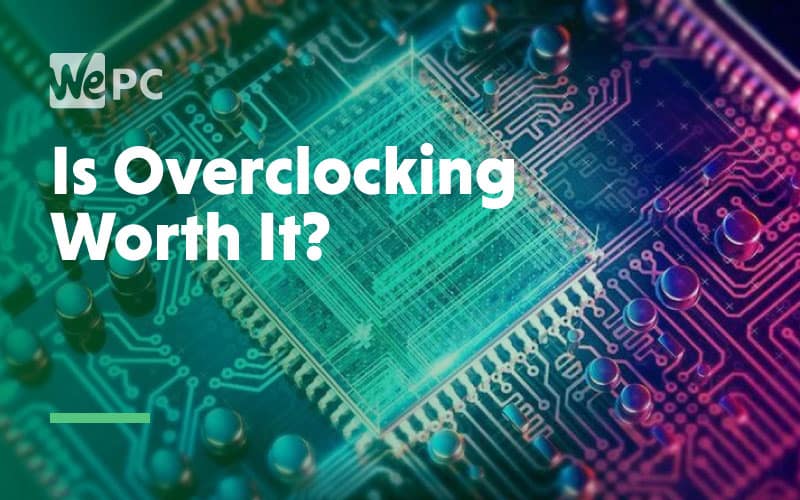
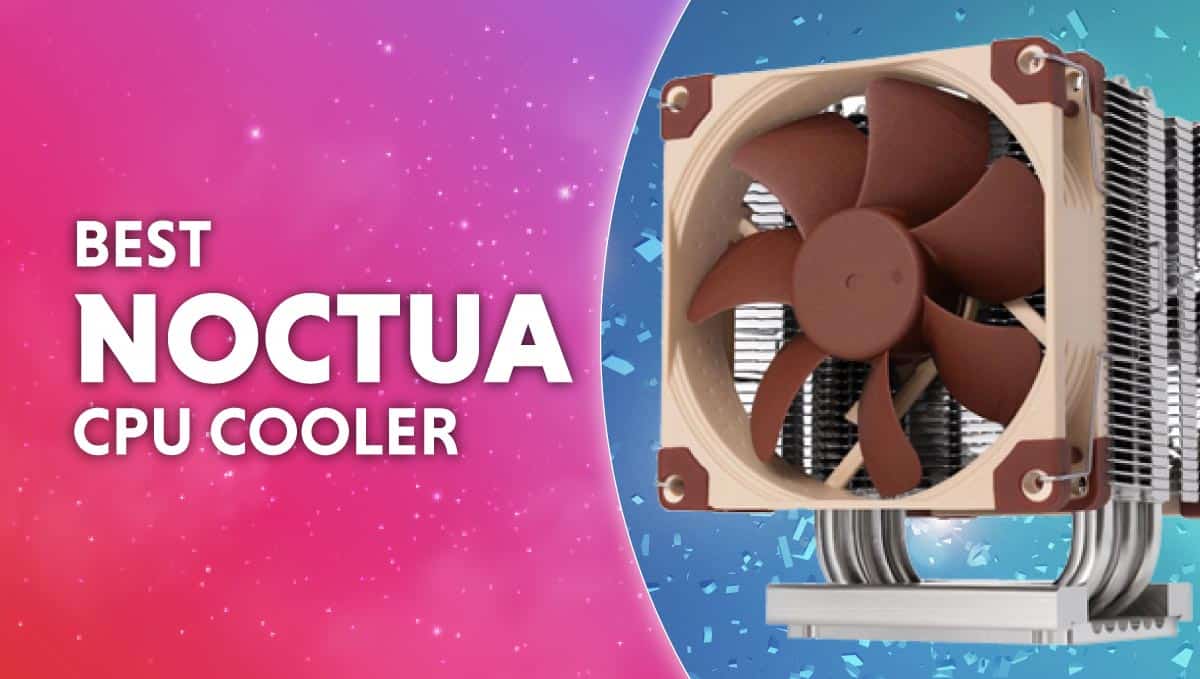
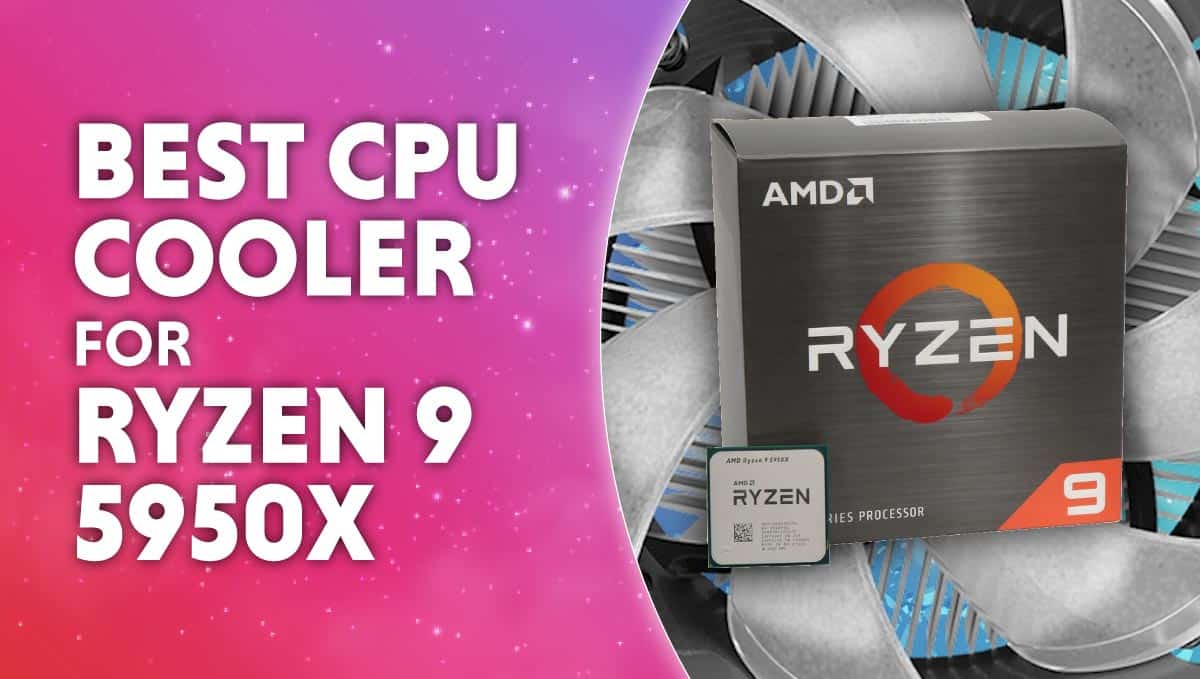
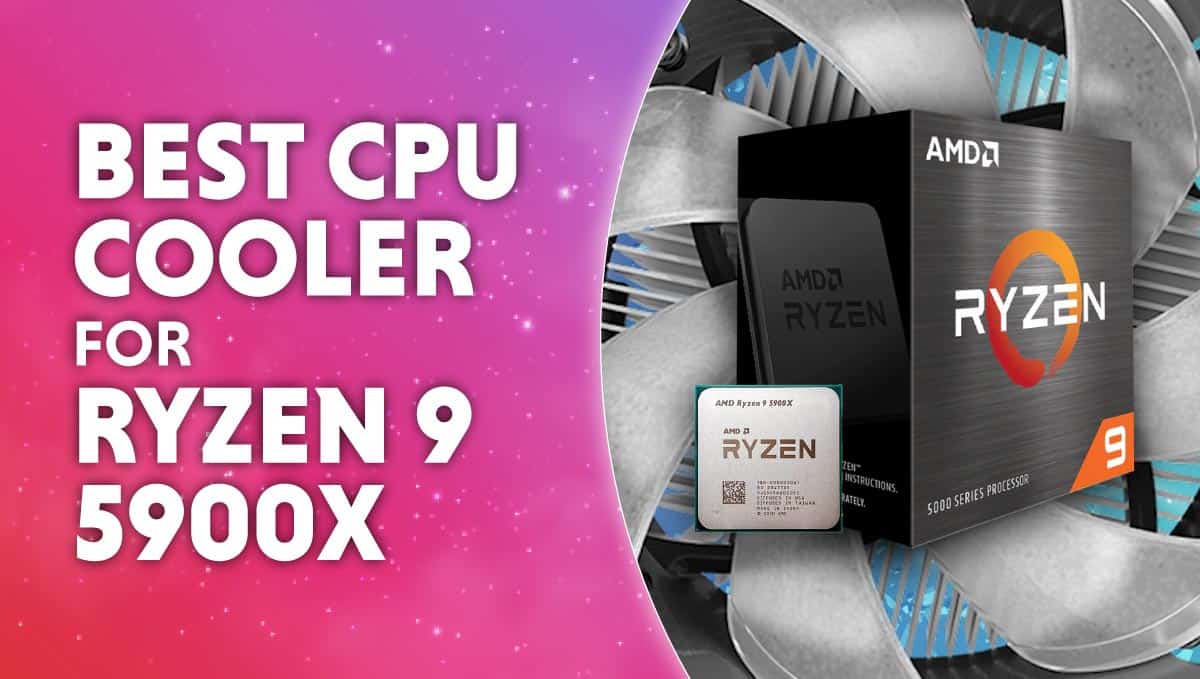
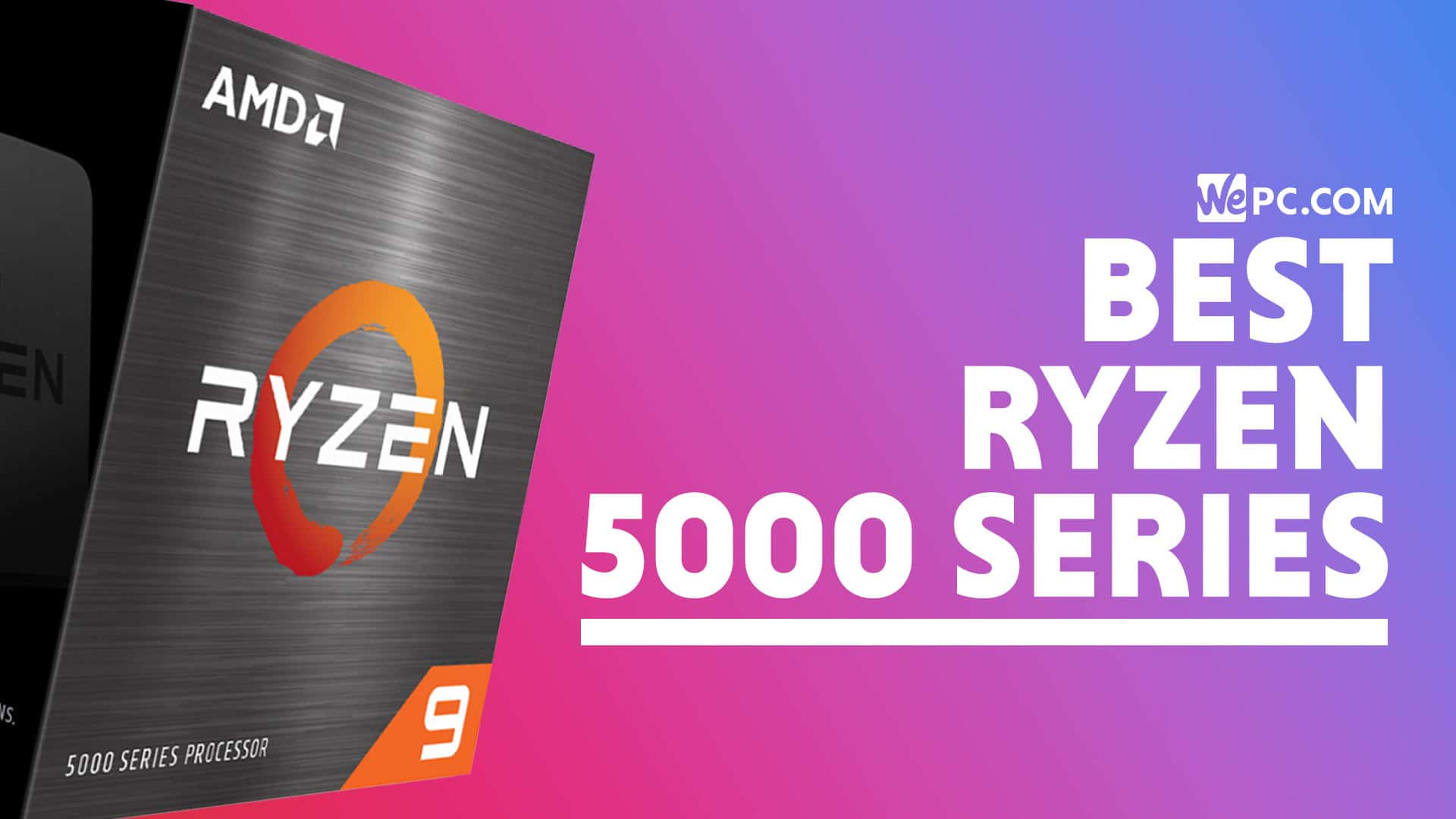
I tried overclocking and when I did, I kind of get annoyed when it just shuts down on me in middle of play depending on some games. Yeah on some game I can play at a good long OC but in a different game its shuts down every time and after observing the performance in Kombuster, I noticed its just 10 fps increase difference. Which I don’t want to risk my gaming PC just for those 10 extra fps. I can play most games at 60fps and above already. here’s my specs:
CPU: i5 9400f
GPU: Geforce GTX 1660
PSU: 500watts
MoBo: AS-Rock B360M ib-r1 ( This is iBuyPower version of the B360M pro 4 which is the same)
RAM: 16gb x 4sticks
Monitor: sucks its considered gaming anti glare by Asus but only 60hz. I turn on v-sync to lock at 60fps because I don’t like screen tear. No Free-sync nor G-sync.
I think in general overclocking is a poor man’s solution to speed. You’re probably better off just buying what you need then trying to overclock it to what you need. But like the article states, the lottery on silicone can be in your favor or against you. Personally, I think it’s better to wisely choose hardware on the budget you have and accept that it may not always be want you want. I would much rather have some headroom in performance than risk running hardware at the edge of its stability.
Hi John, I agree with the lottery aspect and personally I wouldn’t want to push my components to the edge either. That being said, it is great to see some of these stable overclocks in action
Really great information, thanks for the share and insights! I will recommend this to my friends for sure.
Thanks for the detailed info I just want to overclock my ram to which is well supported by the motherboard, but also afraid to the downside that comes with it. Like the difference in the ram brand, CL, channel, voltage and so on.